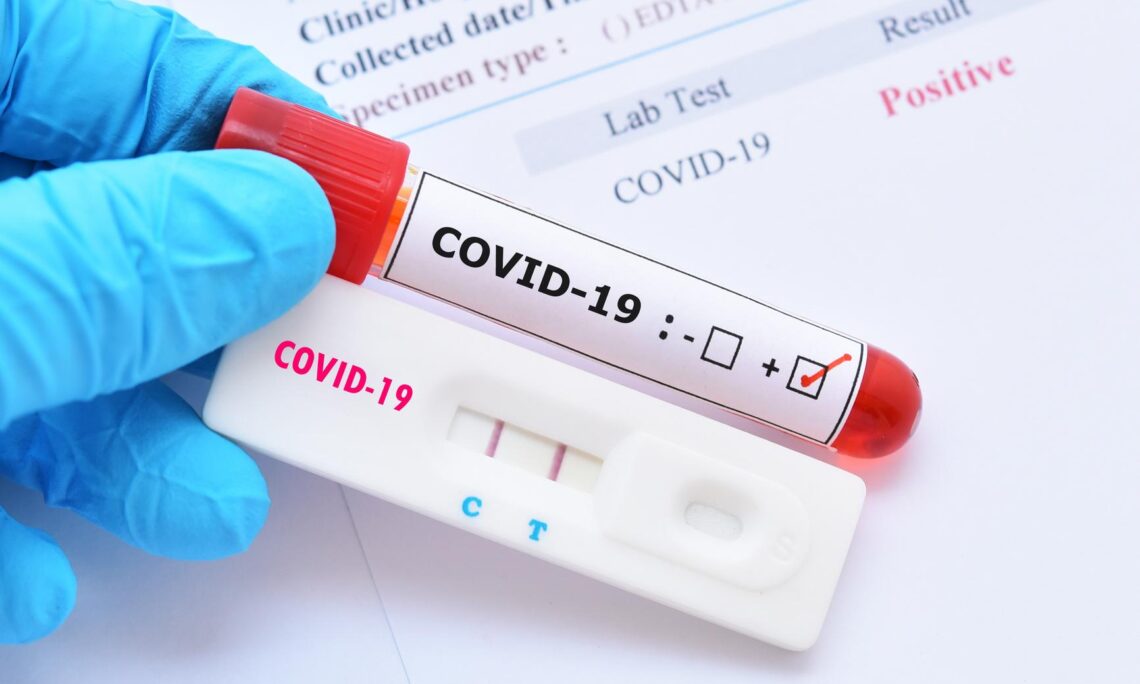Lateral flow devices (LFDs) are one of the new tools used to help us detect and combat COVID-19. We put any prospective test through a rigorous validation program, which PHE Porton Down has developed in conjunction with the University of Oxford.
We know that between one in four and one in three people who have coronavirus never show any symptoms but that does not mean they are not infectious.
COVID-19 lateral flow tests, also known as COVID-19 rapid diagnostic tests, offer a means of quickly testing for SARS-CoV-2, the virus that causes COVID-19, typically delivering a result in 15-30 minutes.
Lateral flow tests have been made available in all 317 of England’s local authority areas from this week as part of a community testing regime.
Councils have been encouraged to prioritize tests for those people who cannot work from home during the lockdown.
The Scottish government is also offering community testing in areas that have a high prevalence of coronavirus.
HOW DO LATERAL FLOW TESTS WORK?
Lateral flow tests can be designed to analyze various body fluids, but in the case of COVID-19, most tests analyze material collected from the back of a person’s nose and throat. The swab is then inserted into a tube of liquid, after which a sample of this liquid is deposited on a small absorbent pad contained within the disposable test kit.
The lateral flow test involves a swab from the nose and throat to collect a sample, which is then inserted into a tube of fluid for a short time. Drops of liquid are added to the test strip and after about half an hour a result will be displayed.
HOW ACCURATE ARE THEY?
When it comes to reporting the accuracy of diagnostic tests, there are two key considerations, sensitivity, and specificity.
Sensitivity refers to the proportion of true positives a test correctly identifies. A highly sensitive test will identify all infected people as positive.
Specificity refers to the proportion of true negatives a test correctly identifies. A highly specific test will identify all people who don’t have the virus as negative.
Unfortunately, increased sensitivity usually comes at the cost of reduced specificity. A test with low specificity can frequently tell people they are infected when in reality they are not (a false positive). This may result in some people unnecessarily having to self-isolate.

